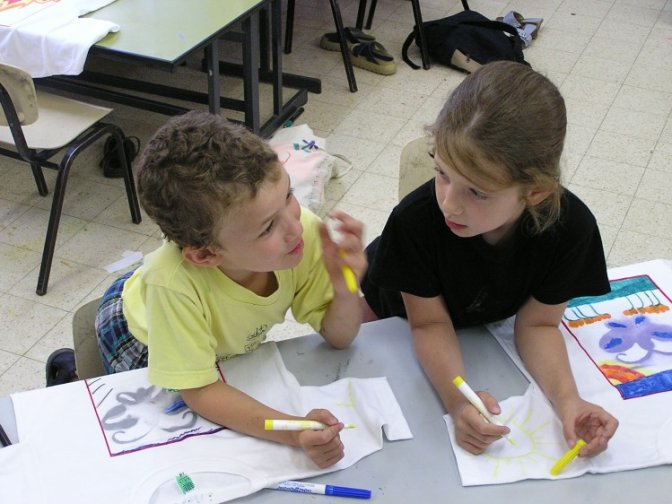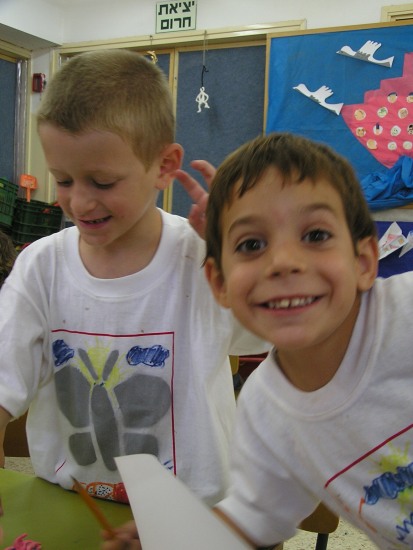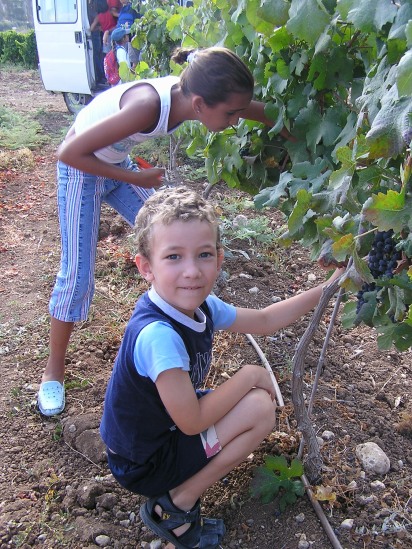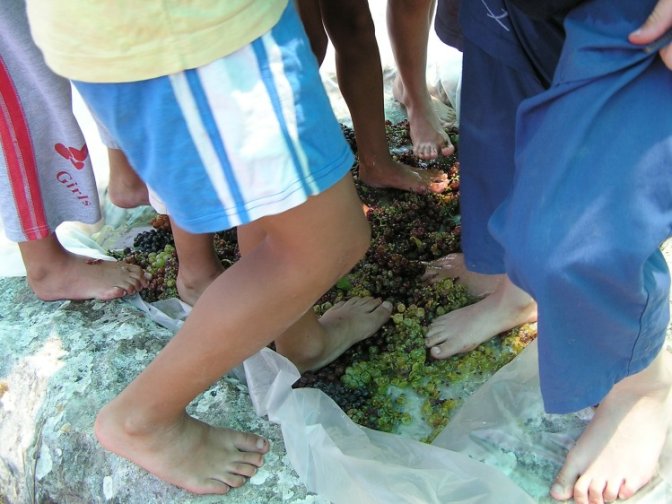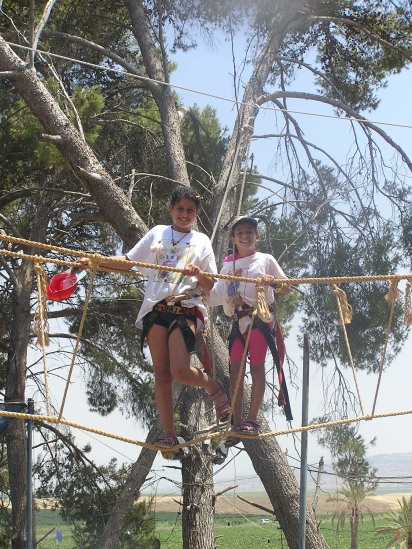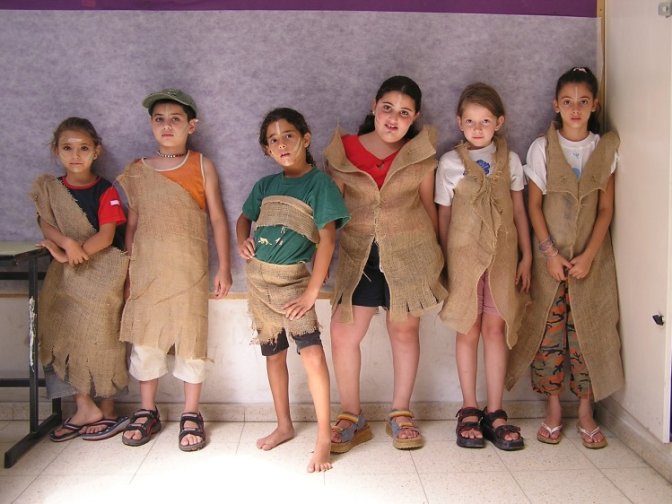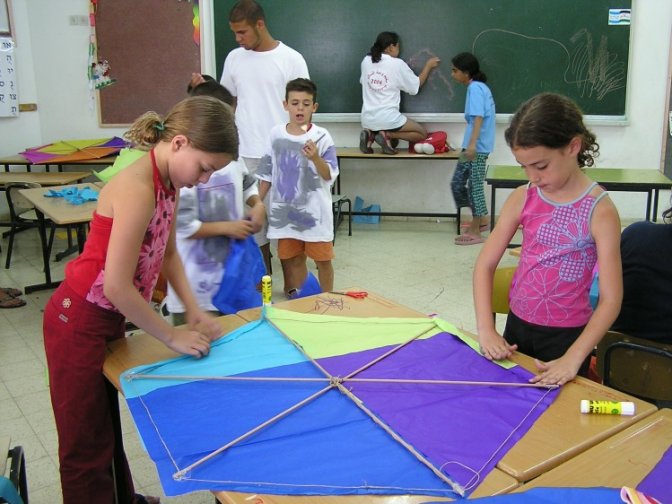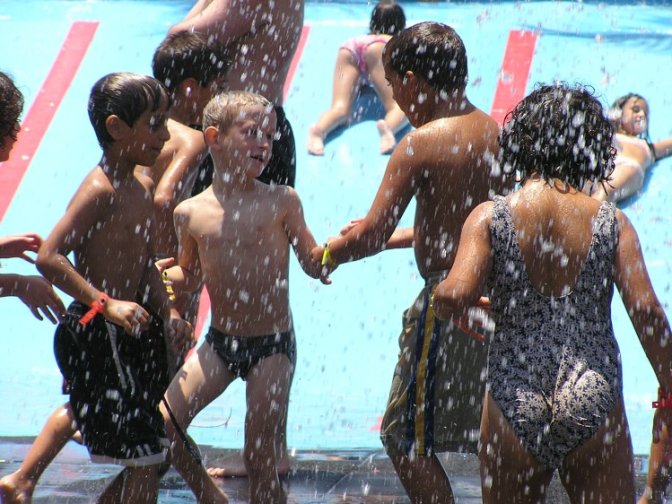Home > Oasis of Peace > Projects & Outreach > Children’s Educational System > Summer Camp 2004
Summer Camp 2004
Monday 23 August 2004, by
All the versions of this article: [English] [עברית] [italiano]

The children’s framework of NSWAS is not immune from the political and financial turmoil affecting our region. So it was no surprise that conducting our traditional “Brotherhood Summer-Camp” (“Kaytanat Ach’va – Muhayam Uchwa”) would bring challenges too. It took a greater effort this year to organize, and to find children to join. Jewish parents, in particular, seemed to prefer other activities for their children this summer.
Finding the necessary financial support was harder too. We were caught between our inability to conduct the summer-camp with a deficit, and our unwillingness to raise fees beyond the usual (modest) sum. Making the Camp too pricy for poorer parents would undercut our message of equality.
These obligations led us to scale down both the participation and budget of the summer camp to about half of last year’s levels. We hoped that this would not make the camp less successful and enjoyable and, to our delight, we were right.
The Camp opened in the first week of July for 55 children aged 5-12 years. Some two-thirds of these were Arabs and the rest Jewish. About three quarters of the participating children were students or future students in our Primary School. The others heard about it through friends and acquaintances.
The Camp was organized this time by Yasmin al-Kalak (a NSWAS member and School teacher), together with Ramle resident Kosta Mansur who, during the school year, helps organize our Friday ex-curricular activities.
Activities
With financial restraints and the smaller participation in mind, Yasmin and Kosta decided to invest a lot of energy and imagination to make the activities attractive and variegated. Under a unifying theme of nature and the environment, they assigned a particular topic to each day. The children split into four multi-age groups, each with its own young leaders, whose role was to accompany the children in the day’s activities. A number of teachers, parents, guides, and volunteer Sato Junko also helped make the Summer Camp a succes.
Activities were conducted in the framework of four to six special stations, at each of which a teacher was on hand. This format worked well, since it made sure the children were well looked after, and ensured that each activity was rewarding for them.
Examples of day topics included:
– Life in the forest
– Archery and tribal customs
– Sports
– Ancient Egyptian culture
– Domestic animals, fish and birds
– Archeology: a dig, pottery shard reconstruction, mosaic making, etc.
– Working with mud: pottery and construction, etc.
– Ancient agriculture: grape picking at Latroun’s vinyard, juice pressing, etc.
– Pre-historic culture
– Recycling
– Water games
– Kite and rope making
In addition there were weekly day-trips to the zoo, a water park, a kibbutz and sites in the area.
The children and the staff had a very enjoyable time, in a carefree atmosphere of learning and fun. At the end of the month, products from the various workshops and activities were exhibited before the parents and families.
A hearty thanks to the foundations and all the individual donors who made this year’s summer camp possible.
Thanks to Junko-san for the photos.
